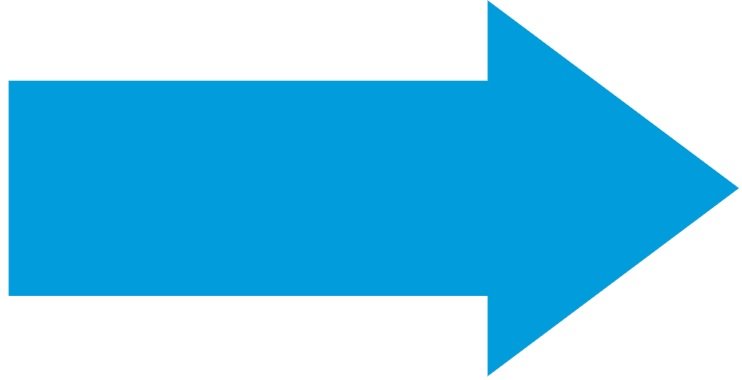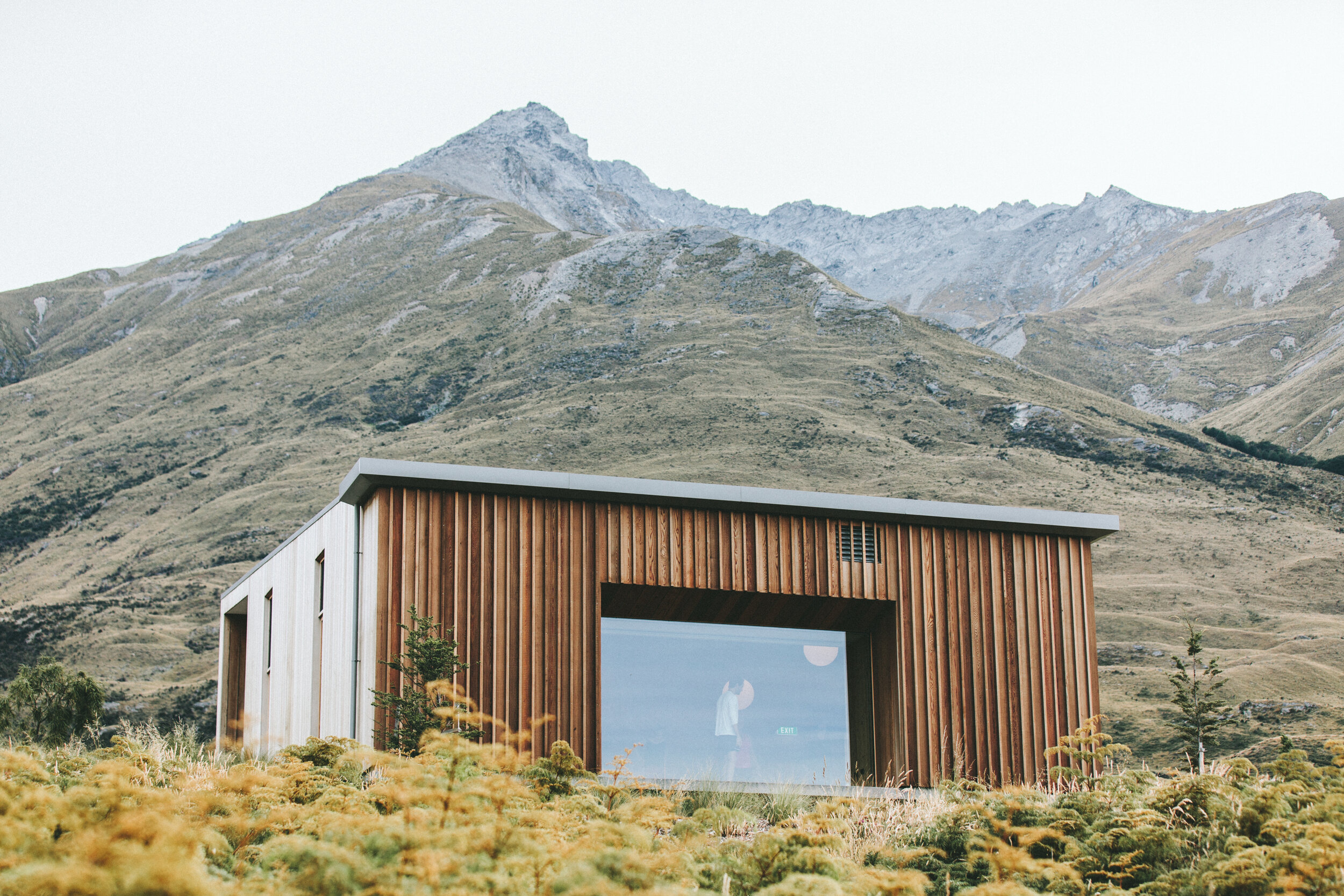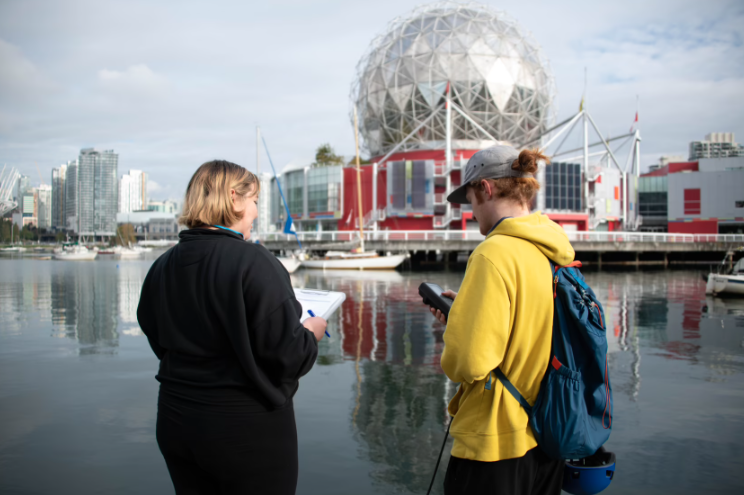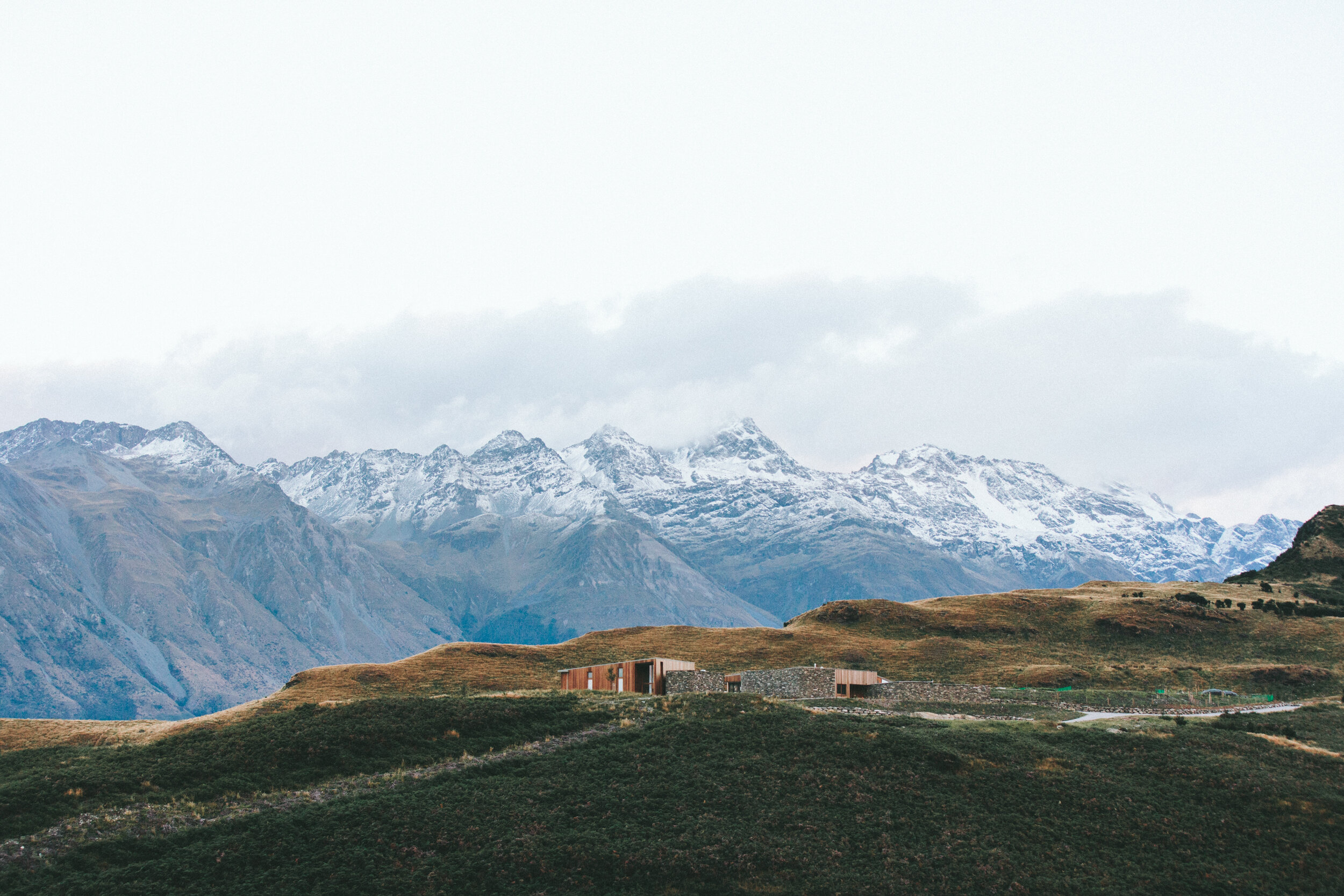How To Use The Toolkit
Introduction
So you’re interested in starting a monitoring program. This page outlines the steps invoved in creating a monitoring program from start to finish and will guide you through the toolkit and resources. The toolkit is divided into three major sections; planning, training, and monitoring. You should complete each step in each section before moving on to the next section.
Part 1: Planning
This section contains two sections: Part A: You’ll pick a site, conduct an environmental health and safety survey of that site, and design a plan for monitoring.
Part B: You’ll start preparing your documents for data collection, storage, and sharing. You’ll want to have all these documents prepared before you move on to your monitoring work.
Part 2: Training
Field Prep and Safety Training
Field Work Training
Lab Work Training (process and analyzing samples)
Data analysis and sharing training
Part 3: Monitoring
Lab and Equipment Maintenace guides
End-of-Season Reporting/Data Sharing
Using your prepared documents for field work
We recommend reviewing all aspects of the toolkit first, so you can grasp the work you’ll be doing to execute a monitoring program. The toolkit can also be used in conjunction with the woorkbook/guide for toolkit users, which acts as a place to store your working documents, and provide a workflow suggestion depending on the type of program you are using the toolkit to carry out.
Toolkit FAQ
What’s a hub? A ‘hub’ is a locus for connecting people to water. Hubs work with community scientists to monitor their local waters and support community groups to safeguard and protect their local waters. A hub works four-fold to connect people to water
Working with community members to become local water stewards through regular monitoring
Increasing local water literacy
Safeguarding swimmable waters
Improving access to water for recreational use
Swim Drink Fish has been operating recreational community-based water monitoring programs across Canada since 2018. We’ve found that monitoring has the special ability to connect people to water, and help communities protect the waterbodies they love
Why Rec Water?
Can I use the toolkit for other things?
Explore the Toolkit
